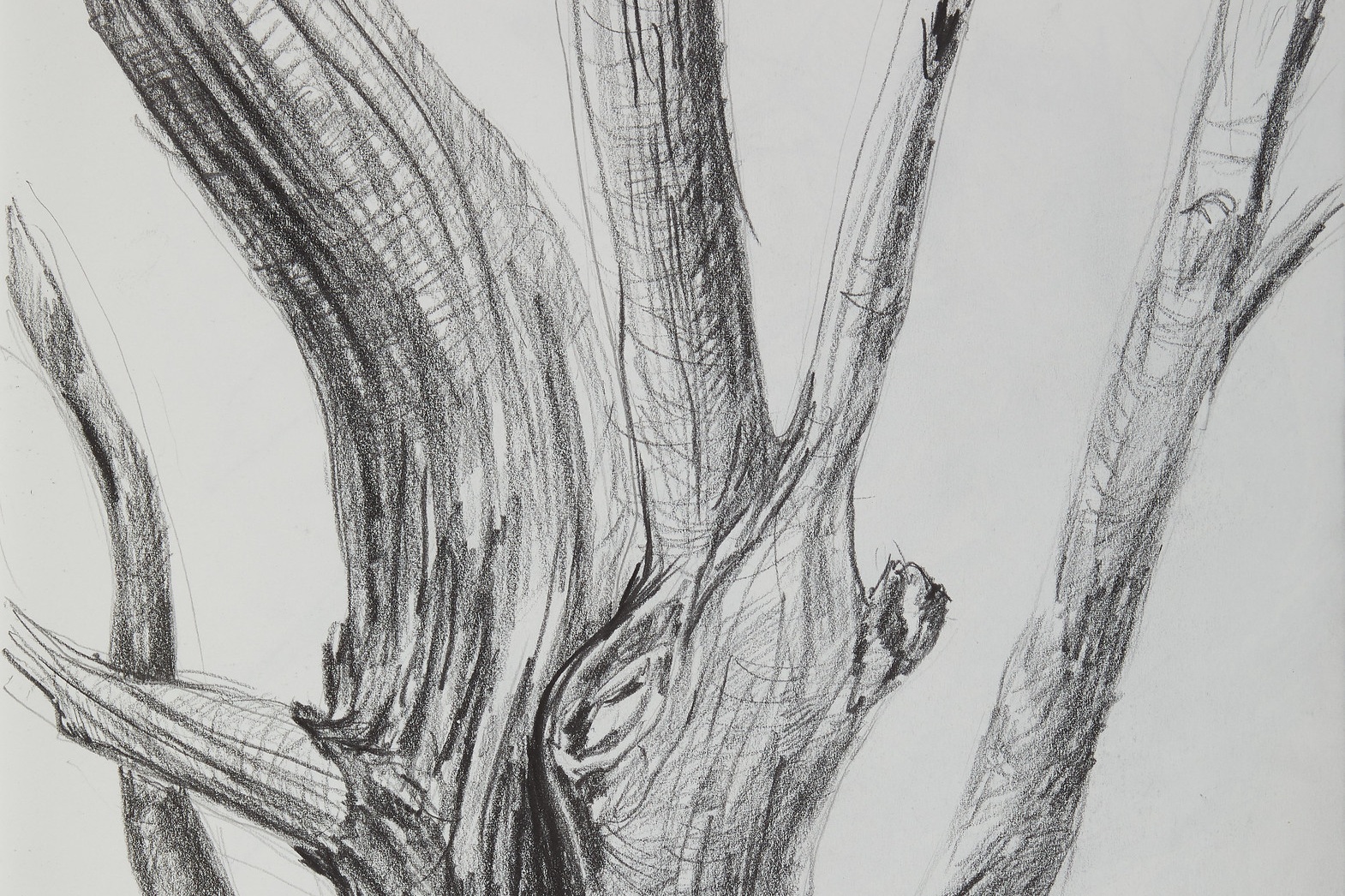The First National Bank of LaGrange (FNBLG) recently brought its Presidential Check Collection--one of the most comprehensive in the country--to The Center for conservation. This assemblage of checks written by 39 of the 43 U.S. presidents captures a unique piece of American history and gives a glimpse back into the chief executives' professional and private financial lives.
Lilias Trotter: Divine Aspirations
In 1883 while presenting a lecture at Oxford, premier art critic John Ruskin said that “for a long time I used to say, in all my elementary books, that except in a graceful and minor way, women could not draw or paint. I’m beginning to bow myself to the much more delightful conviction that no one else can.” It was the paintings of artist Lilias Trotter (1853-1928) which were causing Ruskin to question his convictions. With Ruskin’s support, Trotter was at the cusp of a new career that could have changed art history; in fact, Ruskin believed that if Trotter devoted herself completely to her artwork, that "she would be the greatest living painter and do things that would be immortal."
Gertrude Abercrombie: Bohemian Queen
Gertrude Abercrombie (1909 - 1977) was the only child of two opera singers who happened to be on tour in Texas the day she was born. While they continued to relocate throughout her early childhood, the family eventually settled in the Hyde Park neighborhood of Chicago where Abercrombie lived for the remainder of her life. While Abercrombie had some formal art training (she took courses at The School at the Art Institute of Chicago and the American Academy of Art) and she worked in art advertising for a time. Here she quickly developed a distinct style that was all her own, taking inspiration from the Chicago jazz scene.
A Letter from the CEO of The Conservation Center: Reflecting on the Past to Inform Our Future, By Heather Becker
We are all going through a very challenging time on many levels: the health threat of COVID-19, the financial security of our families, the future of our jobs, and more. This has caused me to pause, reflect upon the history of The Conservation Center, and consider how we might use our past to inform our future as a team and company during this difficult time.
Conserving Portrait Miniatures: A Tiny Step Back in Time
An Unusual Work on Linoleum
Anna Heyward Taylor (1879 – 1956) was a celebrated printmaker and one of the principal artists of the Charleston Renaissance. Her lush, vibrant prints frequently feature floral and avian motifs. We were thrilled when a client brought in an unusual Anna Heyward Taylor piece – with all the hallmarks of her work; however, there was one key difference: instead of a print, this work was the actual linoleum she used to make the prints themselves which she then painted to take on a life of its own. The client was concerned as the paint was peeling from the linoleum, due to an inherent vice in the work.
A Dramatic Transformation
Touchdown! Conserving a Down Marker
This football down marker came to us from the Cushing Memorial Library and Archives at Texas A & M University Libraries. Well worn from its days on the field, this football marker’s paint layer was badly flaking, the metal was corroding, and the wood topper was splitting.
A Gilded Frame from The Cushing Memorial Library and Archives at Texas A&M University Library
This incredibly intricate frame also came from The Cushing Memorial Library and Archives at Texas A & M University Library. The frame is composed of wood, gesso, plaster, and an original combination of metal and gold leaf. Unusually so, the frieze is composed of large pebbles, and gilded, a non-traditional move away from most frames, which choose a fine grain of sand.
Our Conservators Favorite Treatments of 2019
Conserving an Heirloom: An Italian Passport from 1897
Road Trip to Miami
The Imperial Screen of Emperor Qianlong
After comprehensive treatment, the Imperial Screen of Emperor Qianlong we treated for the Lizzadro Museum of Lapidary Art has been reinstalled!
The Patriarch of the Bugatti Dynasty
Making Modernism: Verve Magazine and the Creation of the Aesthetic of the 20th Century
Verve magazine was a glossy, slippery publication, put in boxes for purchase. We were ecstatic to be able to treat two of these boxes at The Center. Brought to us darkened and embrittled with age, they exhibited minor distortion, with scattered handling dents, skinning, abrasions, and tears throughout, sometimes resulting in severe losses. The boxes were both covered in a heavy layer of surface grime and inherent age-related discoloration.





















